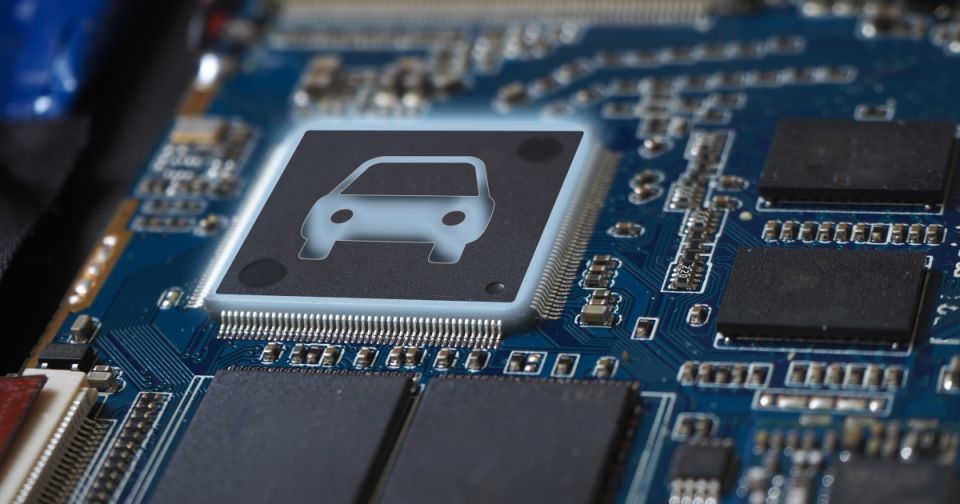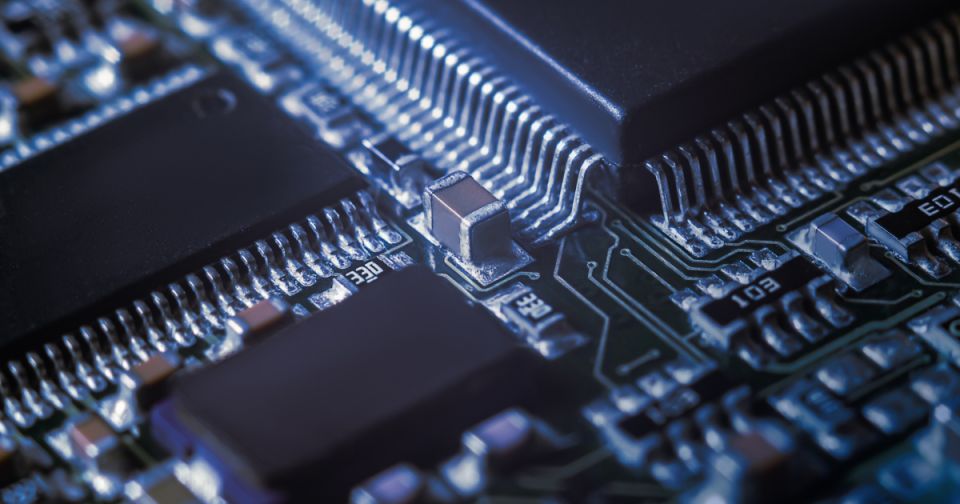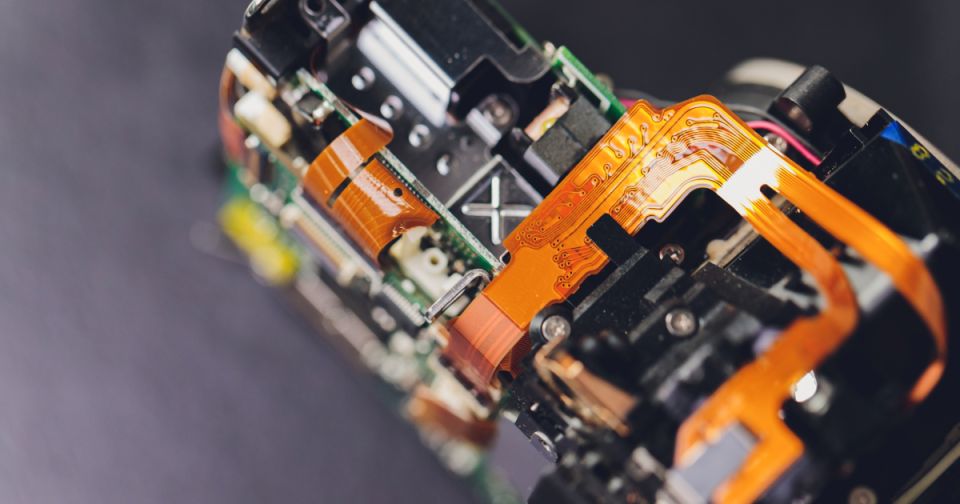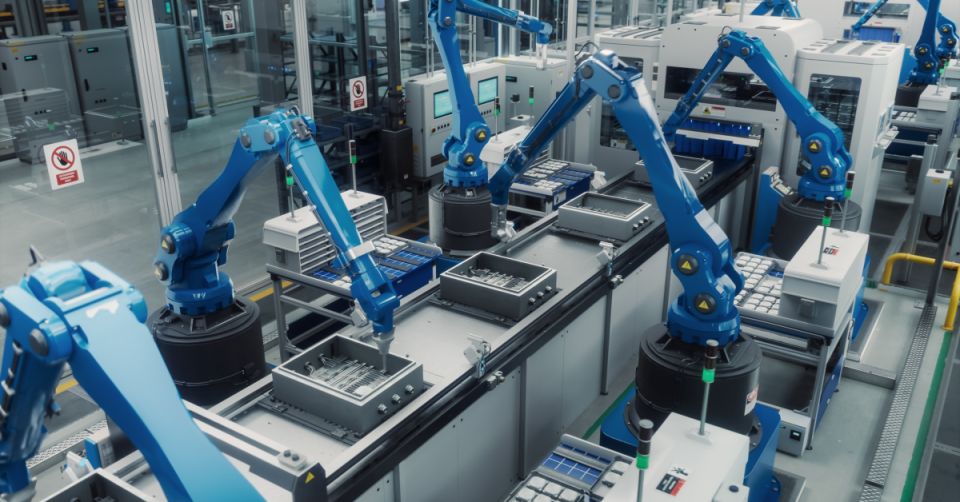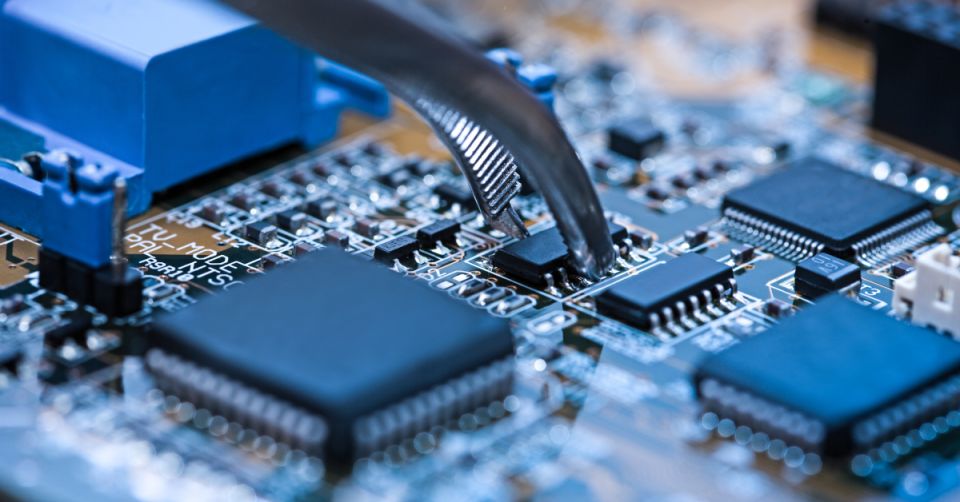PCB Design Engineers
A PCB Designer is a highly skilled professional with a holistic responsibility for both electrical engineering and PCB design. They are involved in a range of tasks, including embedded software development, schematic capture, layout, routing, component footprint creation, documentation, and more. PCB Designers work closely with other specialists, such as MCAD designers, CAD librarians, and fabrication houses to ensure that PCBs are successfully manufactured for electronic products.
PCB Designers in PCB design may also be referred to by other job titles, such as Module Designer, Board Designer, Embedded System Designer, Layout Designer, Layout Engineer, or Senior PCB Designer. These titles reflect the diverse range of skills and expertise required for success in this role, from software and electrical engineering to mechanical design and fabrication. Overall, PCB Designers play a critical role in the PCB design industry, ensuring that products meet necessary standards and are delivered to customers on time and with the highest level of quality and functionality.





